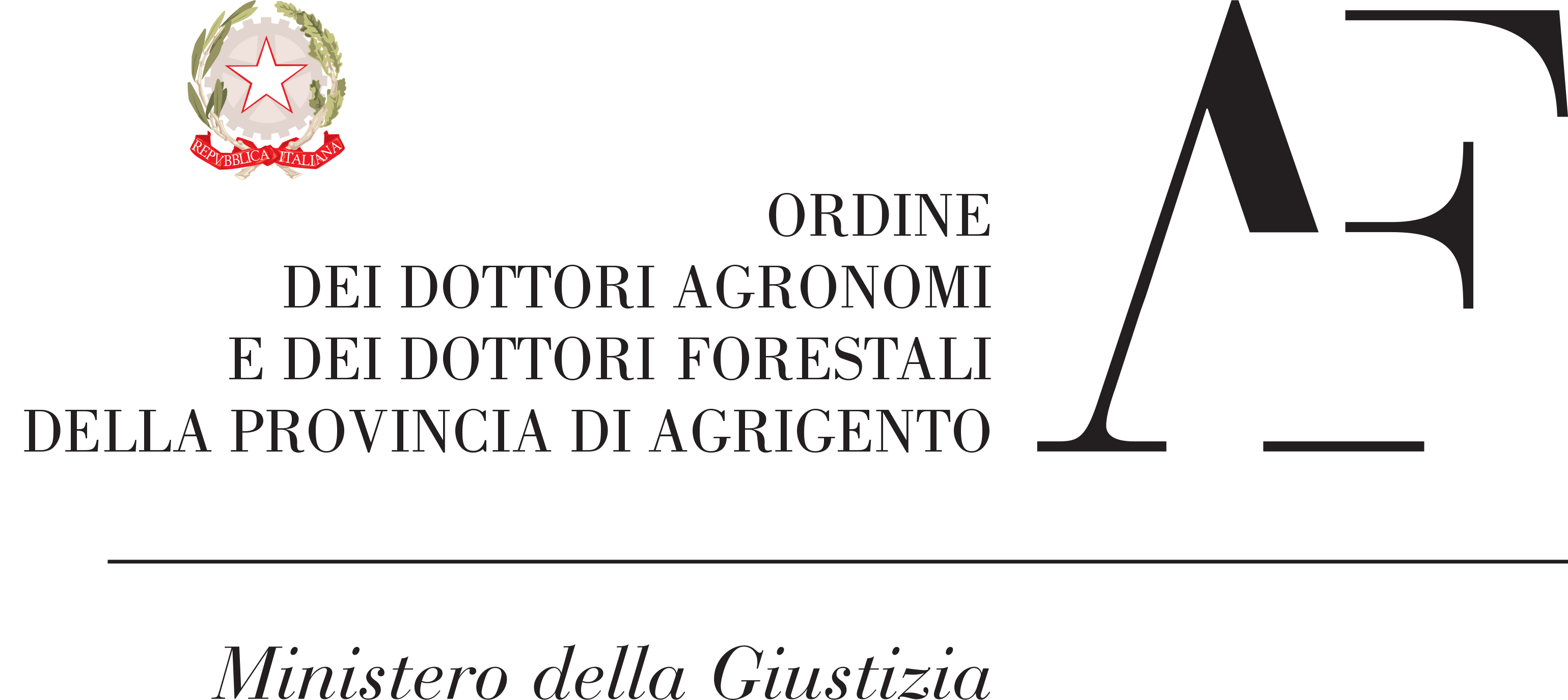Orthostatic hypertension, likewise called postural high blood pressure, is a condition defined by an abrupt boost tratament papiloame farmacie catena in high blood pressure when an individual stands from a resting or lying setting. This can cause a range of signs such as wooziness, impaired thinking, as well as fainting. Understanding the root causes of orthostatic hypertension is crucial in order to effectively manage and also treat this condition.
Autonomic Nervous System Dysfunction
Among the principal reasons for orthostatic high blood pressure is dysfunction in the free nerves. The free nerve system is in charge of regulating numerous bodily features, consisting of blood pressure. When this system breakdowns, it can lead to unusual high blood pressure feedbacks, such as an excessive rise in blood pressure upon standing.
Sometimes, free nervous system disorder can be caused by underlying clinical problems, such as diabetic issues, Parkinson’s illness, or several system atrophy. These problems can interrupt the normal functioning of the free nerves, leading to orthostatic hypertension.
Moreover, certain medicines, such as alpha-blockers or beta-blockers, can also hinder the autonomic nerves as well as add to orthostatic hypertension. These medicines are commonly recommended to treat conditions like hypertension, but they can often cause a sudden decrease in blood pressure when standing, leading to orthostatic high blood pressure.
Dehydration
Dehydration is one more typical source of orthostatic hypertension. When the body is dried out, there is a reduction in blood quantity, which can bring about a quick increase in high blood pressure upon standing. This is because the body attempts to compensate for the minimized blood quantity by enhancing the stress to preserve adequate blood flow to the mind as well as other crucial organs.
Dehydration can happen for numerous factors, consisting of insufficient liquid consumption, extreme sweating, vomiting, or looseness of the bowels. It is necessary to stay effectively moisturized, particularly in hot depanten gél weather or throughout exercise, to avoid dehydration-related orthostatic hypertension.
People with conditions that impact liquid balance, such as diabetes insipidus or adrenal insufficiency, go to an enhanced risk of developing orthostatic high blood pressure as a result of dehydration.
Age-related Adjustments
As we age, our bodies undergo various adjustments, including adjustments in blood vessels and the autonomic nervous system, which can add to orthostatic high blood pressure. Elderly people might experience reduced flexibility in blood vessels, causing decreased capability to restrict or dilate in response to changes in body position.
Furthermore, age-related modifications in the autonomic nervous system can result in damaged law of blood pressure upon standing, resulting in orthostatic hypertension. The exact mechanisms behind these age-related changes are still not totally comprehended, but they are thought to be multifactorial.
Senior people are additionally more prone to other threat factors for orthostatic hypertension, such as medicine use and underlying medical problems, making them more prone to developing this problem.
Therapy and Monitoring
Orthostatic hypertension can significantly influence an individual’s lifestyle as well as boost their threat of drops as well as various other problems. Consequently, managing as well as treating this condition is crucial.
- Liquid intake: Staying adequately hydrated is important in stopping dehydration-related orthostatic hypertension. Consuming alcohol water throughout the day as well as raising liquid consumption during hot weather or exercise can assist keep correct blood volume.
- Avoid unexpected activities: Slowly transitioning from a sitting or lying placement to standing can assist decrease the unexpected boost in high blood pressure. This can be accomplished by taking a few minutes to sit up and afterwards stand progressively.
- Compression stockings: Putting on compression stockings can aid improve blood circulation and also reduce the merging of blood in the lower extremities, thereby helping to stop orthostatic hypertension.
- Medication modifications: If drugs are causing or adding to orthostatic hypertension, a health care specialist might consider changing the dosage or switching to alternate medications.
- Lifestyle modifications: Participating in routine workout, maintaining a healthy and balanced diet regimen, and also staying clear of extreme alcohol intake can add to total cardio wellness as well as assistance handle orthostatic hypertension.
- Clinical interventions: In serious situations, where lifestyle alterations and also conservative actions do not efficiently manage orthostatic high blood pressure, a health care specialist may consider recommending drugs that help regulate high blood pressure.
Verdict
Orthostatic high blood pressure is a condition characterized by an abrupt rise in blood pressure upon standing. Dysfunction in the autonomic nerves, dehydration, as well as age-related modifications are several of the principal causes of this problem. Understanding these causes is critical in order to efficiently handle and treat orthostatic high blood pressure. With correct treatment and also lifestyle adjustments, individuals with orthostatic high blood pressure can lead a much better lifestyle and also reduce the risk of problems.

